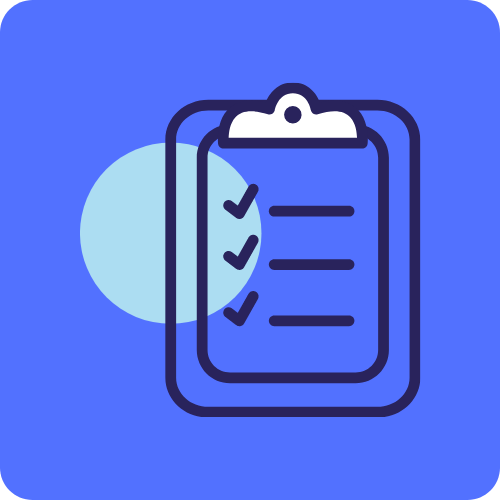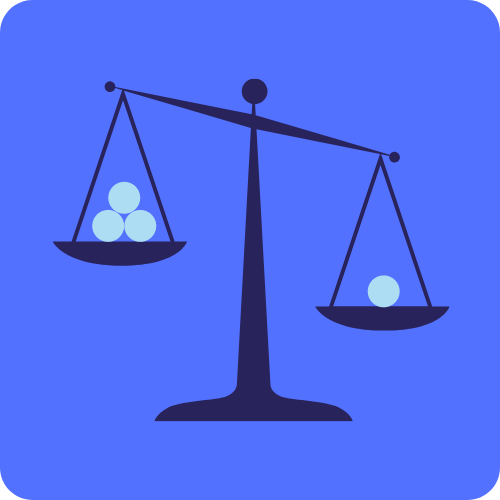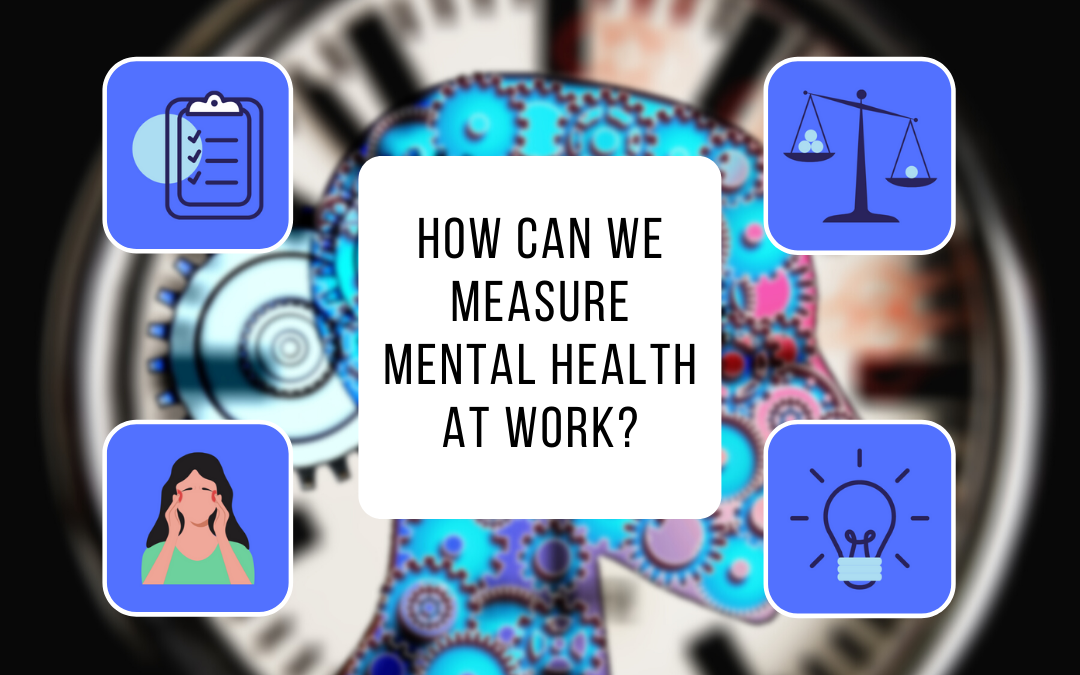Well-being at work and the preservation of mental health in the workplace have become major issues for companies and trade unions. The mental workload at work is the consequence of several factors which, by interacting with each other, affect the psyche of the person who is the victim. The consequences can vary depending on the individual, ranging from absenteeism to burn-out, the outcomes of which can be dramatic. The prevention and management of suffering in the workplace therefore begins with the identification of stressful situations.
Questionnaires: key tools for describing mental workload
In its article L4121-1 and following paragraphs, the Labor Code stipulates that employers must take the necessary measures to protect the physical and mental health of employees.
To measure their mental health, their responses to questionnaires about their working conditions are analyzed. These questionnaires contain selected items that are as factual as possible. The combination of several indicators and the cross-checking of several responses on an identical theme make it possible to highlight stressful professional situations and to detect situations of urgent mental overload. An excess of mental load can lead to a deep crisis, responsible for psychosomatic risks.
Among the main measurement models used to measure mental health at work and the degree of occupational stress are the Karasek and Siegrist models. These models currently dominate for their ability to highlight symptoms of malaise or crisis and to assess psychosocial threats in a professional environment.


The Karasek questionnaire: assessing job strain
Robert Karasek, a professor of psychosociology in the Department of Work and Environment at Lowell University in Massachusetts, is credited with correlating the work environment and stress in 1979. The Karasek questionnaire is a tool for measuring psychosocial factors and job strain. This is a questionnaire designed to assess mental health in the workplace in a general way. The results obtained will help make the link between the way work is experienced and the risks it poses to health.
According to Karasek, a health risk situation is the combination:
- a high work requirement;
- low decision latitude (flexibility in how to do one’s job and how to participate in decisions);
- the lack of social support from the work team or the hierarchy.
The Karasek questionnaire therefore addresses three components of the psychosocial work environment:
- psychological demand;
- decision room ;
- the support received.
The questionnaire is based on 26 statements (9 for psychological demand, 9 for decision latitude, 6 for support). For each of them, the employee must express his agreement or disagreement. Responses will result in a score ranging from 1 to 4.
Sample item, “Does my job allow me to make decisions for myself?”
(sentence taken from the questionnaire)
Possible answers:
- Strongly disagree: score equal to 1
- Disagree: score equal to 2
- Agreed: score equal to 3
- Strongly agree: score equal to 4
A tool to reduce mental workload at work?
The Siegrist questionnaire: measuring the effort/reward imbalance
This measurement model was developed in 1986 by Johannes Siegrist, senior professor of work-related stress research at the University of Düsseldorf in Germany. Siegrist identifies the imbalance between the effort a person puts into their tasks and the recognition received in return as a source of pathogenic tension that can lead to burn-out. The Siegrist questionnaire is often associated with the Karasek questionnaire. It incorporates both a questionnaire that assesses the effort/reward ratio and a questionnaire that measures the extent of over-investment in work. Over-investment, according to Siegrist, is characterized by difficulties in getting away from work, relaxing and clearing the mind once back in the private sphere. The Siegrist questionnaire addresses the following three psychosocial dimensions:- Extrinsic efforts representing the constraints and demands of the job (time constraints, responsibility, physical load, ever-increasing demands or urgency, work disruptions);
- rewards in terms of salary, esteem, internal development (promotions), job security;
- the consequences and manifestations of excessive commitment to work (anxiety, irritability, hostility, need for approval, inability to detach from work, competitiveness).
- Strongly disagree: score equal to 1
- Disagree: score equal to 2
- Agreed: score equal to 3
- Strongly agree: score equal to 4


What solutions to prevent mental workload at work?
What can be the solutions against mental load at work? Good management practices directly influence the mental load of teams. Everyone’s satisfaction leads to better productivity. All the actors of the company will find there their account. Good managerial initiatives to adopt include:- Know how to spot the first signs such as changes in the person’s behavior (altered alertness, irritability, violence, isolation).
- Giving room for maneuver and more autonomy in decisions and task completion.
- Take into account the real workload by establishing moments of exchange and intervention with the team to discuss problems collectively and review the organization if necessary.
- Encourage mutual aid and support in times of need. Providing feedback or bringing in a second person to support can be a solution.
- Give the employee back control of his time and limit disruptive situations. Too many meetings or calls prevent a good concentration and a serene progress of the work.
- Knowing how to communicate transparently, building a relationship of trust.
- Acknowledge the work done, the efforts made, the difficulties encountered, etc.
- Learn to delegate. Indeed, the last point on which the manager must work is his own mental health. Subjected to numerous objectives, he must also take care to protect his collaborators from the pressure he himself is under!
